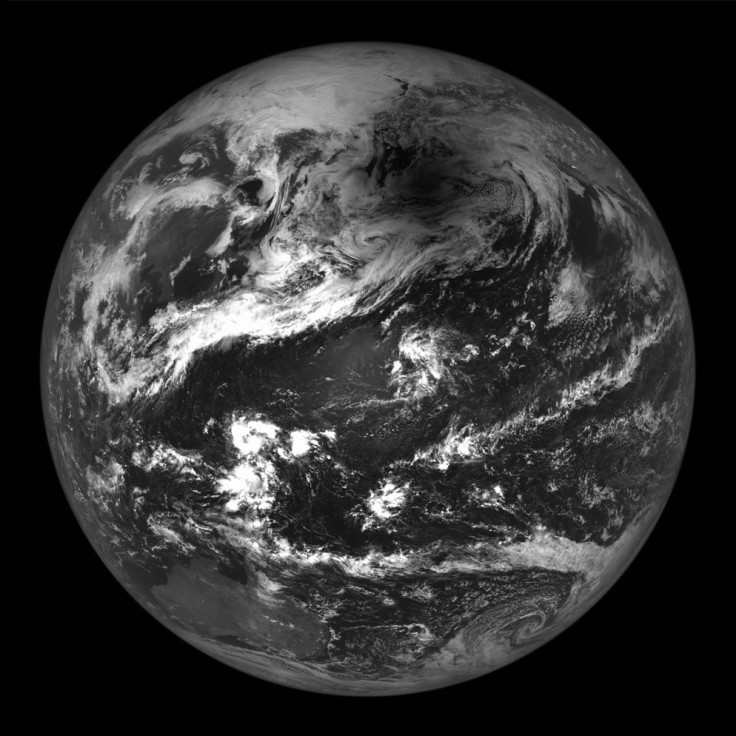During Total Solar Eclipse, NASA Moon Camera Will Take Earth’s Photo

A moon camera is turning its lens toward Earth during the total solar eclipse that is passing through the United States today, hoping to catch an image of a planet bathed in darkness.
NASA’s Goddard Space Flight Center said the space agency’s Lunar Reconnaissance Orbiter is observing Earth during the eclipse and it “invites the public to wave at the moon” during that time. Its camera, of course, is not powerful enough to capture images of individual people sending a greeting. But it will capture a broader view of what Earthlings are experiencing during the eclipse, as the moon’s shadow sweeps across the planet’s surface and blocks out the sun — partially in some locations and completely in others.
The camera will take Earth’s photo at 2:25 p.m. EDT.
The LRO launched in 2009 and has been sending scientists data from the moon, using its seven instruments, ever since. That includes temperatures across the lunar surface through the day and the night, images of its finer geographic details and measurements of the ultraviolet light its rock reflects back into space.
“ There is particular emphasis on the polar regions of the moon where continuous access to solar illumination may be possible and the prospect of water in the permanently shadowed regions at the poles may exist,” according to the LRO mission page.
Based upon data NASA got from the LRO, scientists now better understand lunar swirls, the differently colored wisps on the moon’s surface. They found that magnetic fields in the lunar crust are influencing the way light from the sun can hit the surface, which in turn makes some areas lighter than others — the parts that are showered in less radiation. It’s like a lunar version of a tan line.
The LRO is still truckin’ despite being hit by a meteoroid while trying to take a photo in 2014.
Swinging its gaze from the moon to the Earth will be a departure from the LRO’s daily routine, but it wouldn’t be the first time that happened — it has observed our planet during solar eclipses before, including a total solar eclipse in May 2012.
“I’m really excited about this campaign because it is something so many people can be a part of,” NASA’s Andrea Jones, the LRO public engagement lead said in the space agency’s statement. “So much attention has been focused on the lucky folks who will get to experience eclipse totality, but everyone in an entire hemisphere of the Earth can wave at the Moon as LRO takes our picture.”
Each pixel in that picture will represent 2.5 miles across the Earth.
“While the LRO Camera won’t be able to see people or buildings, it will be able to see the continents, clouds and large surface features,” NASA explained.
© Copyright IBTimes 2024. All rights reserved.





















